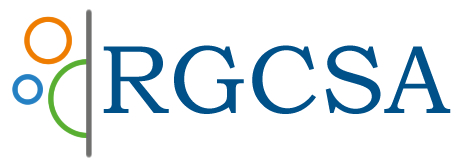OBJECTIVES: To examine the relationship between beliefs in ways of telling the future (astrology, graphology, palmistry etc) and beliefs in complementary and alternative medicine (CAM).
DESIGN: Participants completed a short questionnaire that requested that they rate the efficacy of 8 CAM therapies along with 12 other ways of predicting the future ranging from the well known and established (astrology) to the less well known (tasseography, oneiromancy). Short descriptions of each were provided. They also answered four attitude statements on science as applied to medicine.
SUBJECTS: Two hundred three (130 female, 73 male) adult Britains obtained from a university subject panel served as unpaid volunteer subjects.
RESULTS: CAM therapies were judged as modestly effective and most of the other “-ologies” ineffective. Further analysis confirmed two clear factors with the different methods loading on two different factors. Regressions showed females who were less concerned with scientific evaluations but more concerned with treatment believed more in the efficacy of the “future-ologies.” Also females, who had heard of fewer “future-ologies” but more CAM practices were more likely to believe in the efficacy of CAM therapies.
CONCLUSION: Belief in CAM is unrelated to belief in “future-ologies.” Interest in the scientific evaluations of treatment is the best predictor of beliefs about efficacy.
